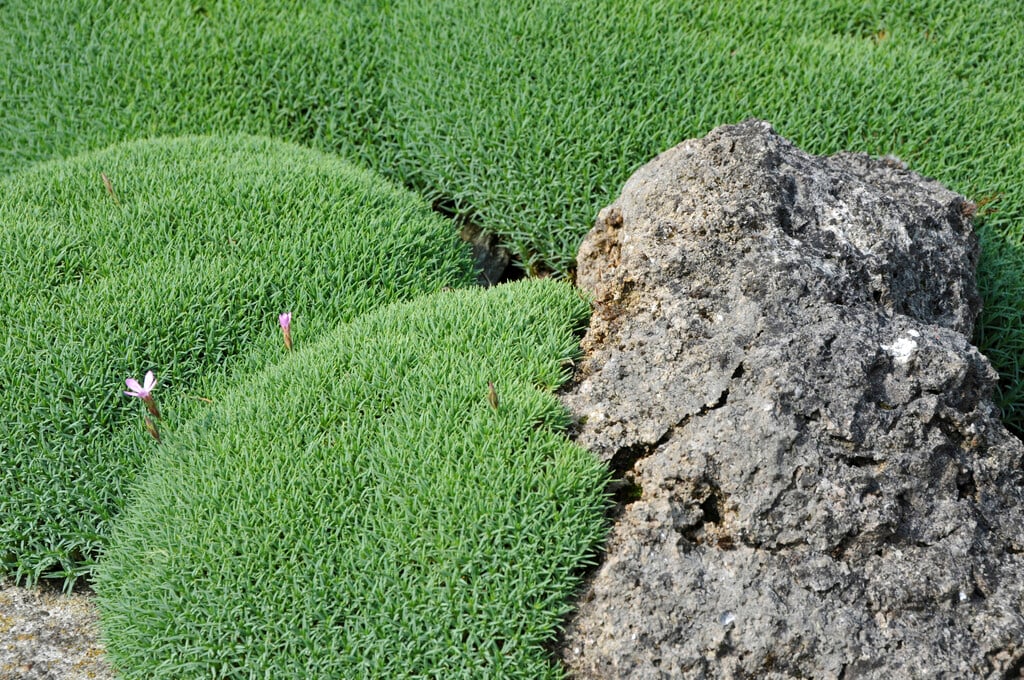Not the plant you're looking for? Search over 300,000 plants
Herbaceous Perennial
Size
Ultimate height
0.1–0.5 metresTime to ultimate height
2–5 yearsUltimate spread
0.1–0.5 metresGrowing conditions
Chalk
Loam
Sand
Moisture
Well–drainedpH
Alkaline, NeutralColour & scent
| Stem | Flower | Foliage | Fruit | |
| Spring | Pink White | Green | ||
|---|---|---|---|---|
| Summer | Pink White | Green | ||
| Autumn | Green | |||
| Winter | Green |
Position
- Full sun
Aspect
East–facing or South–facing or West–facing
Exposure
Exposed or Sheltered Hardiness
H6Botanical details
- Family
- Caryophyllaceae
- Native to GB / Ireland
- No
- Foliage
- Evergreen
- Habit
- Clump forming, Matforming
- Potentially harmful
- Humans/Pets: Skin allergen, wear gloves and other protective equipment when handling. For further information and contact numbers regarding pets, see the HTA guide to potentially harmful plants
- Genus
Dianthus can be annuals, evergreen perennials or subshrubs with narrow, often greyish leaves and showy flowers that are frequently fragrant
- Name status
Correct
- Plant range
- Turkey to W Himalayas
How to grow
Cultivation
Grow in a well-drained, neutral to alkaline soil in full sun. Ideal for rockeries and alpine troughs
Propagation
Propagate by seed or division in spring, or by taking cuttings of non-flowering shoots in summer
Suggested planting locations and garden types
- Gravel garden
- Rock garden
- Patio and container plants
Pruning
Deadhead as required
Pests
Diseases
May be susceptible to powdery mildews, a rust, a virus and fusarium wilt
Love gardening
Sign up to receive regular gardening tips, inspiration, offers and more
View our Privacy Policy
Get involved
The Royal Horticultural Society is the UK’s leading gardening charity. We aim to enrich everyone’s life through plants, and make the UK a greener and more beautiful place.
